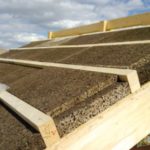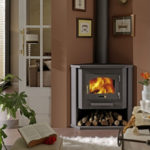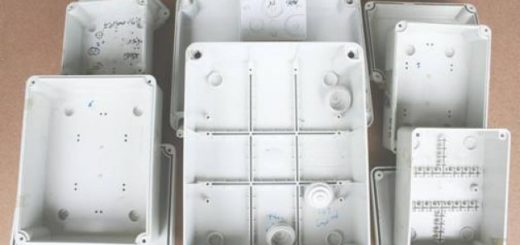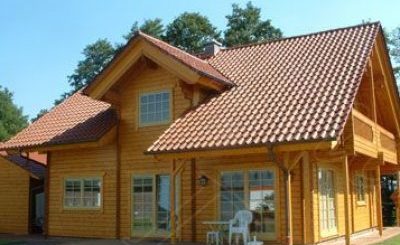Basin types: materials, installation styles and price guide
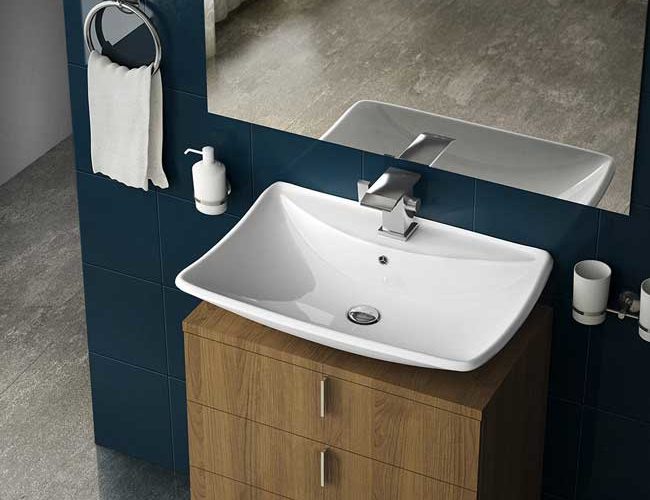
Complete guide to choosing the right basin type by material, design, and price
Selecting among the various types of basins by material and installation can be overwhelming due to the wide range of models on the market. From basic pedestal basins to modern resin-integrated designs, each type offers unique advantages. This guide will help you compare the most common options so you can choose the best one for your bathroom.
If you want to explore more bathroom design ideas, take a look at this related Vilssa article:
Ideas for small bathrooms.
🧱 Basin types according to their manufacturing material
The material of a basin determines its durability, maintenance, aesthetics, and price. According to the professional guide from Decorabaño, these are the most commonly used materials today. You can also find further information in the Vilssa search engine.
-
🏺 Ceramic basins
The most common and affordable option. Glazed ceramic (also known as vitreous china) is impermeable, resistant, and easy to clean. Although white is the standard, it can be manufactured in many colours.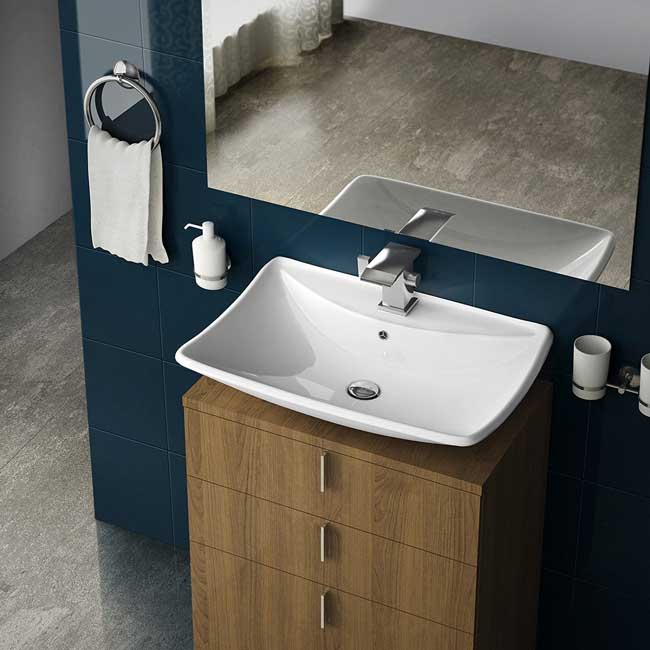
Most traditional basins are made of ceramic -
🧩 Stainless steel basins
Not very common in homes due to the need for high-quality stainless alloys to avoid corrosion. They are more typical in industrial environments or as complementary fixtures like taps and accessories.

-
🪨 Stone and terrazzo basins
Historically very common, but now exclusive due to their weight and high price. Terrazzo is a more affordable alternative, ideal for outdoor sinks, laundry areas, or gardens because it can be moulded and pigmented.

-
⚒️ Concrete basins
A modern, economical, and highly customizable option. Concrete can be shaped into almost any form, and after polishing it becomes water-resistant. Its main drawback is weight.

-
✨ Engineered quartz, Corian and resin basins
Resin-based materials allow for seamless designs where the basin and countertop form a single piece. They offer countless shapes and colours and are increasingly popular in modern bathrooms.
Resin materials allow fully integrated basin-and-furniture designs
🛠 Basin types according to their installation
-
🔩 Wall-hung basins
The most affordable and compact option (usually under 45 cm). They are fixed with brackets, leaving the plumbing exposed. Price: about €50.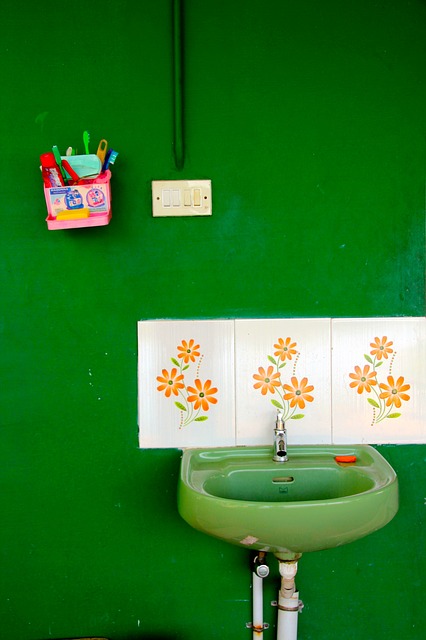
Wall-hung basins are the most economical option -
🛁 Pedestal basins
Made of two pieces: the basin and the pedestal. Easy to install and priced around €60 (not including the tap).
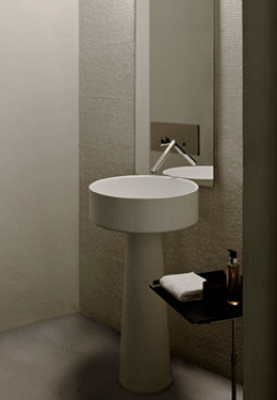
-
🧱 Drop-in basins
Installed inside a countertop, leaving the rim visible. The basin itself may cost around €60, but remember to add the price of the countertop (€60–€300 depending on design).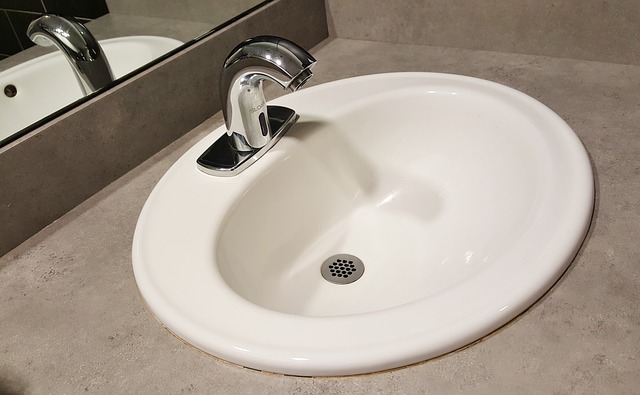
Countertop drop-in basins are among the most popular options 
-
🔧 Under-counter basins
Completely integrated beneath the countertop surface. Installation is more demanding, and waterproof sealing is crucial.
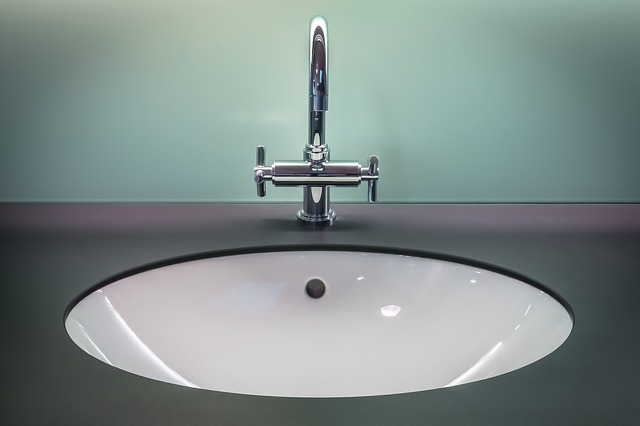

-
🪞 Countertop basins
Installed directly on top of the furniture or countertop. They avoid joint-sealing issues, are easy to install, and can be found as part of complete sets starting from €150.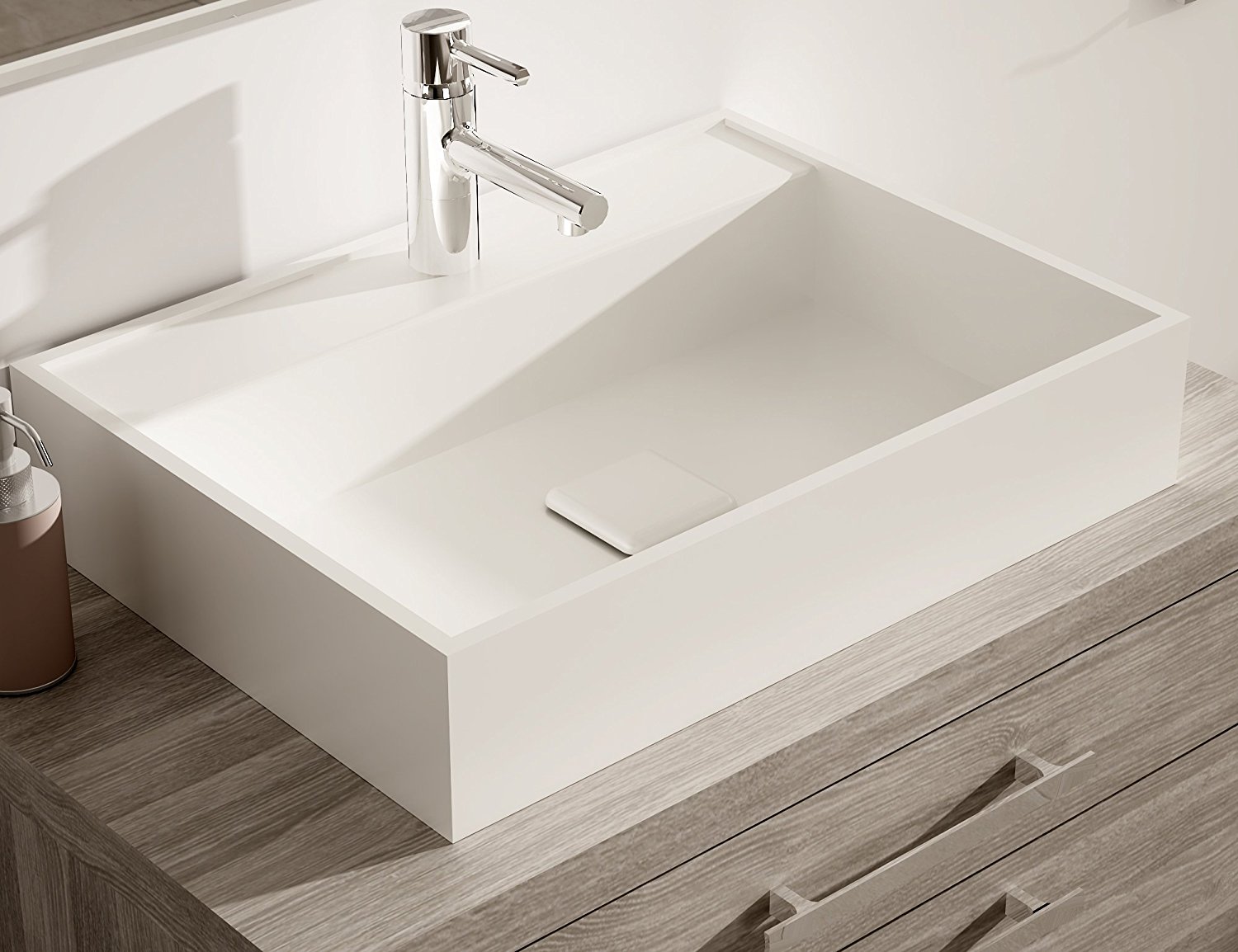
Countertop basins are practical, clean, and versatile
💡 Final note: There are also compact basins fully integrated with the countertop, usually made of resin or synthetic materials. These custom designs tend to be more expensive due to their uniqueness.
© edited by the construccion.vilssa editorial team (revised version)






